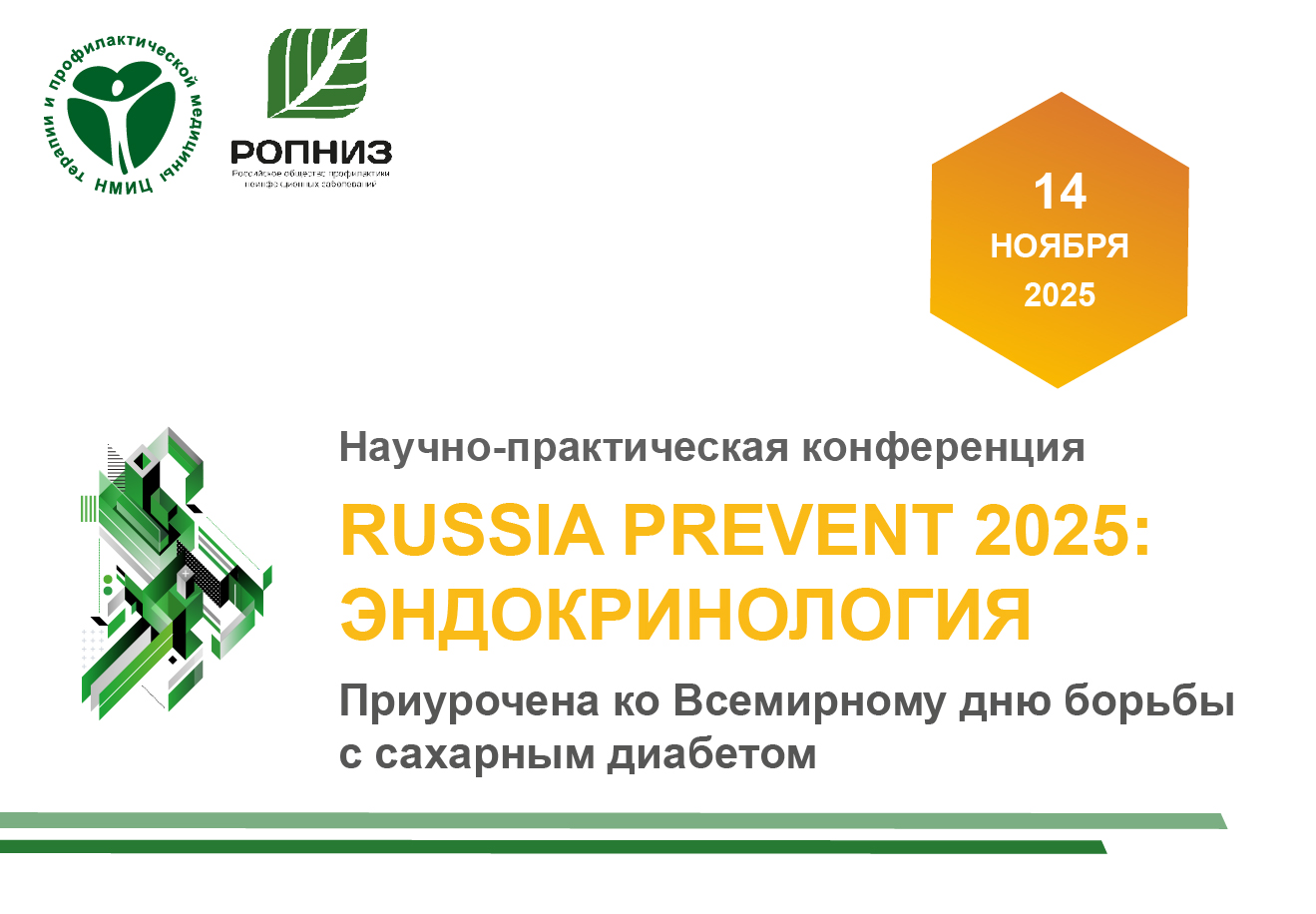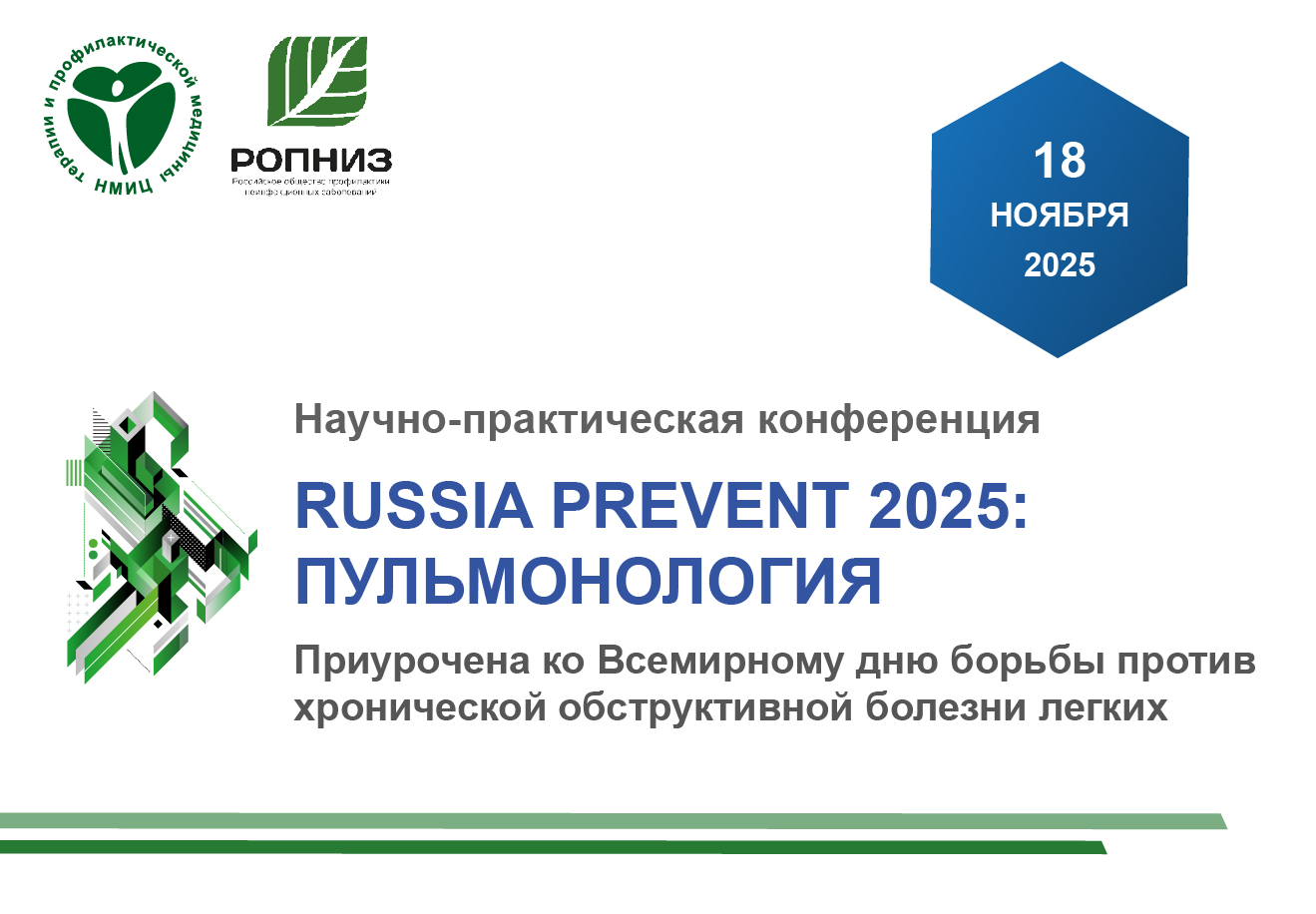Comprehensive analysis of factors determining low physical activity in patients with heart failure
https://doi.org/10.15829/1728-8800-2025-4479
EDN: RMZEBJ
Abstract
Aim. To analyze the sociodemographic, clinical, and behavioral characteristics of patients with heart failure (HF) based on their selfassessed current level of total physical activity (TPA), as well as changes of TPA and awareness of its benefits over time.
Material and methods. This cross-sectional survey was conducted in 2018 and 2024 as part of "HF Awareness Days". The self-administered questionnaire included questions about social status, TPA level, and attitudes toward physical activity as a treatment method for HF. Physicians completed brief information about the phenotype and functional class of HF.
Results. In the second wave of the survey, the number of unemployed patients who characterized their TPA as low or extremely low increased as follows: 74% of women and 64% of men in 2018 and 82% of women and 70% of men in 2024. Patients with a low TPA were more likely to report hospitalizations in the last six months preceding the survey. No higher education increased the odds of low TPA by more than 2,5 times in women (odds ratio (OR) =2,62; 95% confidence interval (CI): 1,360-5,126; p=0,003) and more than 3,5 times in men (OR=3,59; 95% CI: 2,06-6,26; p<0,001). Living with a spouse or children did not show a significant association with the TPA level. In women with HF, preserved ejection fraction (HFpEF) increased the likelihood of low TPA (OR=2,83; 95% CI: 153-5,34; p<0,001), while in men, HFpEF decreased the likelihood of low TPA (OR=0,425; 95% CI: 0,239-0,757; p<0,001). In addition, 67% of patients indicated bothersome symptoms as the reason for decreased activity. Women with low TPA were 3 times less likely, while men were 2 times less likely to consider exercise a method of HF treatment (OR=3,05; 95% CI: 1,64-5,67; p<0,001) and (OR=2,181; 95% CI: 1,422-3,362; p<0,001). In 2024, more patients acknowledged the exercise benefits than in 2018 (OR=2,3; 95% CI: 1,5-3,5; p=0,001).
Conclusion. More than a third of women and more than half of men in both waves of the study reported low total physical activity (TPA). Those at highest risk for low TPA include women over 70 years of age, without a higher education and with HF. Patients who described their lifestyle as inactive were significantly more likely to be unaware of the benefits of exercise for HF.
About the Authors
Yu. L. BegrambekovaRussian Federation
Leninskie Gory, 1, Moscow, 119991
Zh. . E. Annenkova
Russian Federation
Revolutsii St., 4, Tula, 300041
N. Yu. Dranenko
Russian Federation
Kievskaya St., 69, Simferopol, 295017, Republic of Crimea;
Lenin Boulevard, 5/7, Simferopol, Republic of Crimea
Ya. A. Orlova
Russian Federation
Leninskie Gory, 1, Moscow, 119991
A. G. Plisyuk
Russian Federation
Leninskie Gory, 1, Moscow, 119991
E. A. Smirnova
Russian Federation
Vysokovoltnaya St., 9, Ryazan, 390026, Ryazan region
O. V. Fedorishina
Russian Federation
Yubileyny microdistrict, 100, Irkutsk, 664049
A. S. Khristoforova
Russian Federation
Ленинские горы, д. 1, Москва, 119991
References
1. Doukky R, Mangla A, Ibrahim Z, et al. Impact of Physical Inactivity on Mortality in Patients With Heart Failure. Am J Cardiol. 2016;117(7):113543. doi:10.1016/j.amjcard.2015.12.060.
2. Galyavich AS, Tereshchenko SN, Uskach TM, et al. 2024 Clinical practice guidelines for Chronic heart failure. Russian Journal of Cardiology. 2024;29(11):6162. (In Russ.) Гdoi:10.15829/1560407120246162. EDN: WKIDLJ.
3. Pandey A, Keshvani N, Zhong L, et al. Temporal Trends and Factors Associated With Cardiac Rehabilitation Participation Among Medicare Beneficiaries With Heart Failure. JACC: Heart Fail. 2021;9(7):47181. doi:10.1016/j.jchf.2021.02.006.
4. Begrambekova YuL, Karanadze NA, Plisyuk AG, et al. Comprehensive physical rehabilitation of patients with heart failure: impact on clinical and functional status and analysis of problems related to the enrollment. Russian Journal of Cardiology. 2022;27(2):4814. (In Russ.) doi:10.15829/1560407120224814. EDN: GJVMXK.
5. Bäck M, Cider Å, Herlitz J. The impact on kinesiophobia (fear of movement) by clinical variables for patients with coronary artery disease. Int J Cardiol. 2013;167(2):3917. doi:10.1016/j.ijcard.2011.12.107.
6. Hoffmann JM, Hellwig S, Brandenburg VM, et al. Measuring Fear of Physical Activity in Patients with Heart Failure. Int J Behav Med. 2018;25(3):294303. doi:10.1007/s125290179704x.
7. Alexandre A, Schmidt C, Campinas A, et al. Clinical Determinants and Barriers to Cardiac Rehabilitation Enrollment of Patients with Heart Failure with Reduced Ejection Fraction: A SingleCenter Study in Portugal. J Cardiovasc Dev Dis. 2022;9(10):344. doi:10.3390/jcdd9100344.
8. Khadanga S, Gaalema DE, Savage P, et al. Underutilization of Cardiac Rehabilitation in Women: barriers and solutions. J Cardiopulm Rehabil Prev. 2021;41(4):20713. doi:10.1097/HCR.0000000000000629.
9. Begrambekova YuL, Efremushkina AYu, Kozhedub YaA, et al. Physical training in patients with chronic heart failure: level of involvement, as well as psychosocial, anamnestic and iatrogenic factors that determine the motivation to practice. Kardiologiia. 2020;60(4):1823. (In Russ.) doi:10.18087/cardio.2020.4.n738.
10. Kim HY. Statistical notes for clinical researchers: Chisquared test and Fisher’s exact test. Restor Dent Endod. 2017;42(2):1525. doi:10.5395/rde.2017.42(2):152155.
11. Balanova YuA, Kapustina AV, Shalnova SA, et al. Behavioral risk factors in the Russian population: results of a survey using a modified methodology STEPS. Profilakticheskaya meditsina. 2020;23(5):5666. (In Russ.) doi:10.17116/profmed20202305156.
12. Drobizhev MYu, Begrambekova YuL, Mareev VYu, et al. Effects of depression and anxiety on clinical outcomes in patients with CHF. Russian Heart Failure Journal. 2016;17(2):918. (In Russ.) doi:10.18087/rhfj.2016.2.2206.
13. Dontje ML, van der Wal MH, Stolk RP, et al. Daily physical activity in stable heart failure patients. J Cardiovasc Nurs. 2014;29(3):21826. doi:10.1097/JCN.0b013e318283ba14.
14. Begrambekova YuL, Mareev YuV, Mareev VYu, et al. Female and Male Phenotypes of Iron Deficiency in CHF. Additional analysis of the "The Prevalence of Iron Deficiency in Patients With Chronic Heart Failure in the Russian Federation (JCHFRF)" study. Kardiologiia. 2023;63(9):313. (In Russ.) doi:10.18087/cardio.2023.9.n2413.
15. Williams SL, French DP. What are the most effective intervention techniques for changing physical activity selfefficacy and physical activity behaviour — and are they the same? Health Educ Res. 2011;26(2):30822. doi:10.1093/her/cyr005.
16. Klompstra L, Jaarsma T, Strömberg A. Selfefficacy Mediates the Relationship Between Motivation and Physical Activity in Patients With Heart Failure. J Cardiovasc Nurs. 2018;33(3):2116. doi:10.1097/JCN.0000000000000456.
Supplementary files
What is already known about the subject?
- Low total physical activity (TPA) is common in patients with heart failure (HF).
- Low TPA is associated with a higher all-cause and cardiovascular death risk.
What might this study add?
- More than a third of women and more than half of men with HF report low TPA. Those at highest risk for low TPA include women over 70 years of age, without a higher education, and with heart failure with preserved ejection fraction.
- The main factor limiting an increase in TPA is the bothersome symptoms during physical exertion.
- The next most significant factor is a lack of awareness about the physical activity benefits for HF treatment.
Review
For citations:
Begrambekova Yu.L., Annenkova Zh..., Dranenko N.Yu., Orlova Ya.A., Plisyuk A.G., Smirnova E.A., Fedorishina O.V., Khristoforova A.S. Comprehensive analysis of factors determining low physical activity in patients with heart failure. Cardiovascular Therapy and Prevention. 2025;24(9):4479. (In Russ.) https://doi.org/10.15829/1728-8800-2025-4479. EDN: RMZEBJ

























































